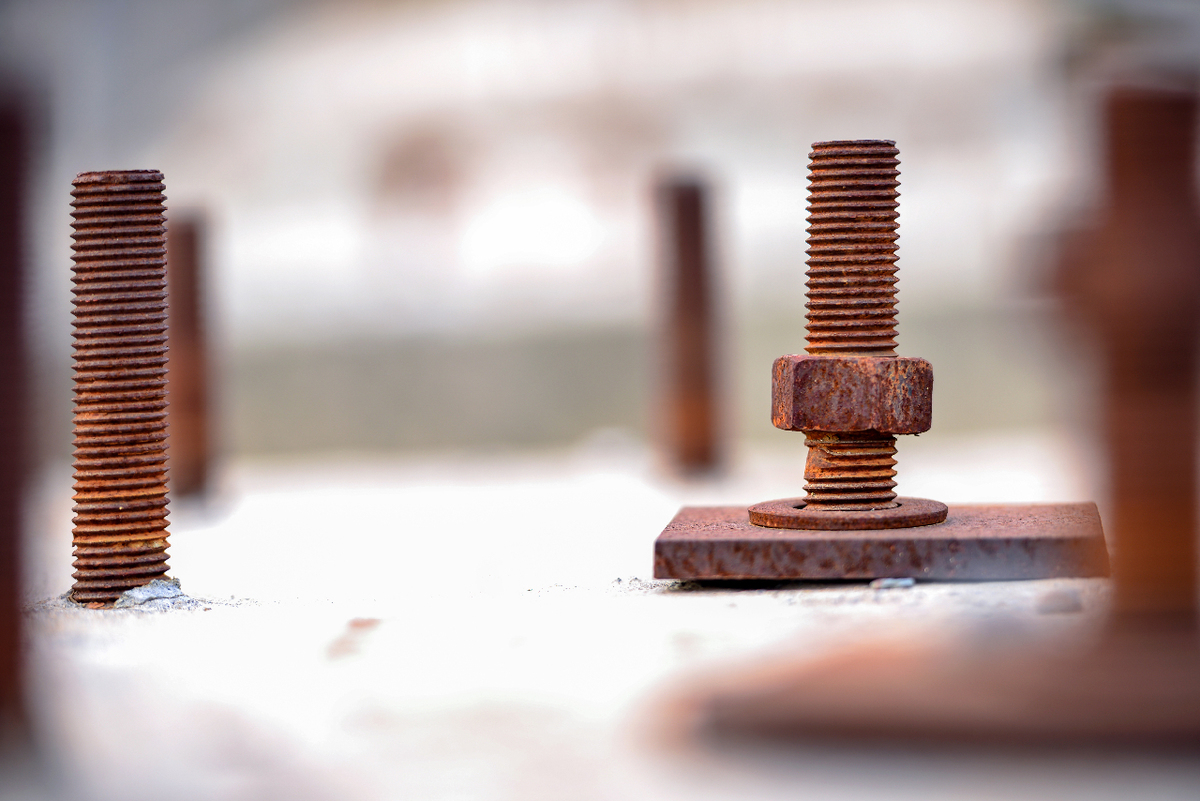
During the hazy, lazy days of summer, most folks are thinking of relaxing on the beach or by the pool.
Not us.
At Latem Industries, our summer focuses on removing rust that has unexpectedly occurred on our customer’s parts and equipment.
Why? When the atmospheric conditions are right, rust can form on unprotected metal from the humidity alone. Humidity-based corrosion is something that keeps us busy all summer long.
Unfortunately, many of our customers aren’t even aware of humidity-based corrosion until the rust has already occurred. Don’t let it happen to you! Here’s what you should know about preventing and removing rust and corrosion caused by humidity.
How Humidity Affects the Rate of Corrosion
How does humidity cause corrosion? That’s an important question in the mass metal finishing and parts coating industries. To prevent and manage humidity-based corrosion, we have to first understand how it works.
Metal corrodes at a much greater rate under humid conditions. This happens because the moisture-saturated air reacts with oxygen and electrons on the surface of the metal. The longer metal components are exposed to humid air, the faster they will generally corrode.
This type of atmospheric corrosion can occur when the amount of moisture in the air reaches critical humidity, which is the point at which water no longer evaporates or gets absorbed from the atmosphere. In most conditions, this happens at 80% relative humidity (RH).
But it’s not simply the humidity that causes corrosion; it is the change in temperature along with a significant increase in humidity that causes moisture to form on parts. There are two ways this can happen.
First, the relative humidity increases along with the temperature. Humidity changes during the day largely depending on the temperature. You’ve surely experienced this first-hand on a muggy summer afternoon. Every 50°F (10°C) increase in the temperature can double corrosion activity.
Second, when a surface cools below the temperature of the surrounding air, moisture will form on the surface as condensation. This is likely to happen in most manufacturing facilities as the temperature within the facility cools overnight. Later, when the sun comes up and the temperature rises again, humidity causes moisture to condense on cool, metal surfaces.
The higher the relative humidity, the smaller the temperature difference needed for condensation to form...which sets the stage for corrosion to occur.
How to Prevent Humidity from Creating Corrosion
In a perfect world, we would keep all our precious equipment in a climate-controlled facility that is never affected by the humidity. Of course, most of the metal parts we process aren’t meant to stay in a bubble, so we have to find other ways to protect them.
The simplest and most cost-effective way to protect parts from humidity-based corrosion is to seal them against moisture. This can be accomplished by placing large quantities of parts in Vapor Corrosion Inhibitor packaging, which slowly releases an anti-corrosion compound to protect exposed metal surfaces from corrosion.
Humidity is also an important factor in the surface preparation and application of protective coatings. A high-quality powder coat can seal the surface to guard against corrosion. However, many coatings are not designed to protect metal from high humidity and may even be detrimental in some cases.
How to Remove Humidity-Based Rust
What if the corrosion has already occurred? There is a significant expense and loss of revenue when you are forced to scrap processed parts due to rust.
Fortunately, scrapping parts is seldom the only solution! It’s possible to clean rust from almost any manufactured metal part quickly and cost-effectively, then treat them with a rust inhibitor to prevent it from happening again.
Latem Industries uses various processes to remove rusted areas from processed parts:
- Shot blasting (often the most efficient method of rust removal)
- Vibratory finishing
- Barrel tumbling
- Ultrasonic washing
The best process for removing rust from mass quantities of parts usually depends on the extent of corrosion and the geometry of the part. Latem has the capacity to clean away rust from millions of parts daily. Whether the part is the size of a thimble or as large a sheet of stainless steel, we have the best processes available to quickly and cost-effectively remove rust.
So, when rust impacts your operations, call Latem (Metal spelled backwards!) or use the easy Get a Quotation link here.

